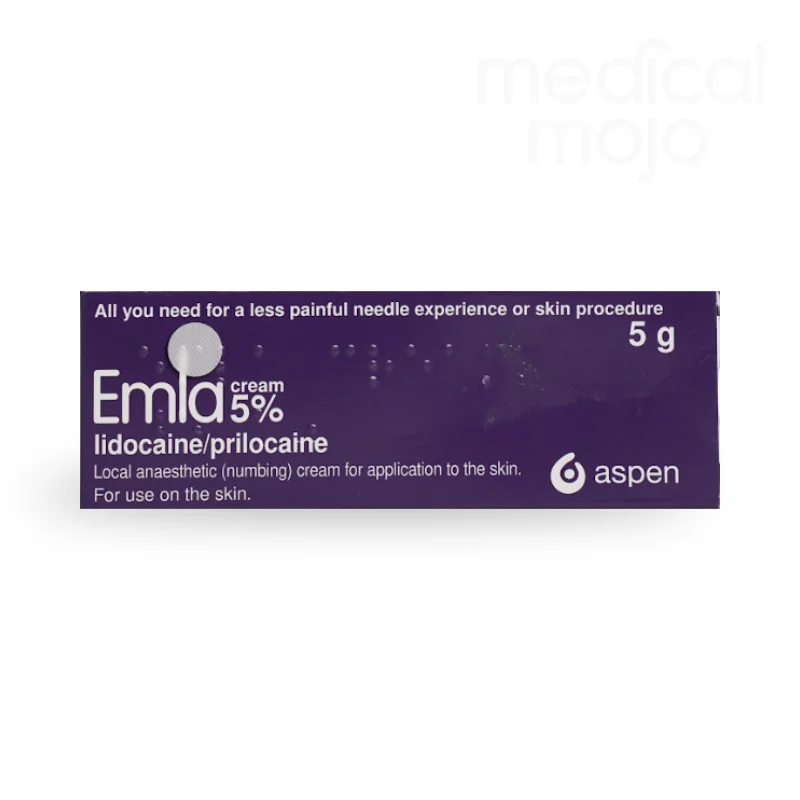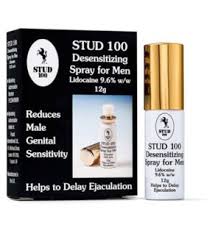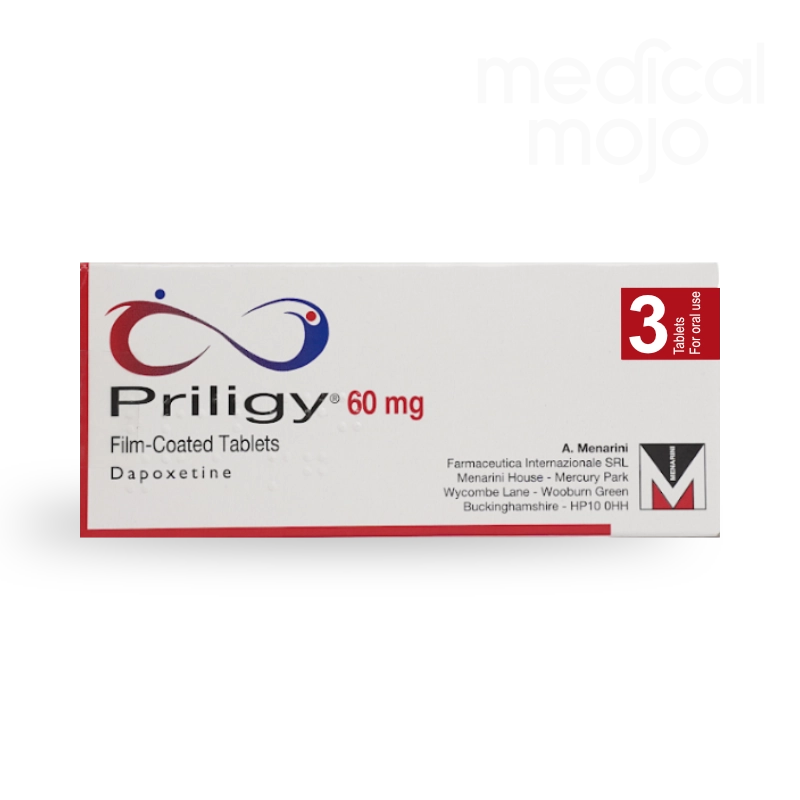What is Emla cream?
EMLA Cream is a topical anesthetic used to numb the skin before certain medical procedures or to reduce sensitivity in specific areas. It contains two active ingredients, lidocaine and prilocaine, which work together to block nerve signals, making the skin less sensitive to pain or discomfort. EMLA Cream is commonly used in medical settings for procedures like needle insertions, minor skin surgeries, or laser treatments. Additionally, it is sometimes used to help manage premature ejaculation in men by reducing sensitivity and delaying ejaculation.
What is the active ingredient in Emla cream?
The active substances in each gram of Emla cream are: lidocaine 25 mg and prilocaine 25mg.
What is Emla cream used for?
EMLA Cream is primarily used as a local anesthetic to numb the skin before certain medical procedures. These can include needle insertions (such as blood tests or vaccinations), minor skin surgeries, laser treatments, and other procedures that might cause pain or discomfort. By numbing the skin, EMLA Cream helps to reduce pain and make these procedures more comfortable.
In addition to its medical uses, EMLA Cream is sometimes used off-label to manage premature ejaculation in men. When applied to the penis, it reduces sensitivity, which can help delay ejaculation and improve sexual performance. However, it is important to use EMLA Cream for this purpose only under the guidance of a healthcare professional.
How do you use Emla cream?
This is the one occasion where you should not follow the directions for use in the Patient Information Leaflet, as they pertain to different applications.
To use Emla cream for this purpose:
- Gently pull back the foreskin and apply a pea-sized amount of Emla cream to the underside of the head and neck of the penis.
- Allow the cream to sit for 15–30 minutes before engaging in sexual activity.
- Make sure to thoroughly remove all the cream before sex, as it can transfer to your partner and reduce their sensitivity.
- Emla cream is not affected by food or alcohol and can be safely used with non-latex condoms.
Who should not use Emla cream?
Emla cream can help reduce the sensitivity of the penis, but its effectiveness may vary from person to person. If you find that Emla cream was not as effective as you hoped the first time, you can try applying it over a slightly larger area. However, do not use more than a pea-sized amount, and never leave it on for more than 30 minutes. Leaving Emla cream on for too long can lead to complete numbness and may prevent you from achieving an erection.
Do not use Emla cream if:
- You are anaemic, which means you have too few red blood cells.
- You have a rare inherited blood disorder called ‘glucose-6-phosphate dehydrogenase deficiency.’
- You have a problem with blood pigment levels known as ‘methaemoglobinaemia.’
- You have a skin condition called ‘atopic dermatitis,’ as the cream may need to be applied for a shorter duration in this case.
Does Emla cream interact with other medicines?
Inform your doctor or pharmacist if you are using, have recently used, or might use any other medicines, including those obtained without a prescription or herbal remedies. This is important because EMLA Cream can interact with certain medicines, potentially affecting how they work, and vice versa.
Specifically, let your doctor or pharmacist know if you or your child have recently used or been given any of the following:
- Sulphonamides and nitrofurantoin: Medicines used to treat infections.
- Phenytoin and phenobarbital: Medicines used to treat epilepsy.
- Other local anaesthetics.
- Amiodarone: A medicine used to treat an uneven heartbeat.
- Cimetidine or beta-blockers: These medicines may increase the blood levels of lidocaine, but this interaction is generally not clinically relevant when using EMLA Cream for short-term treatment at recommended doses.
Emla cream FAQs
What is Emla and what is it used for?
Emla Cream is available to purchase from Medicalmojo.co.uk after completing a free consultation. It is used to treat premature ejaculation (PE) in men. Emla Cream is a local anesthetic that numbs the area where it is applied, reducing its sensitivity. It contains two active ingredients: Lidocaine and Prilocaine. Each gram of Emla Cream contains 25mg of Lidocaine and 25mg of Prilocaine. While Emla Cream has various anesthetic uses, it is commonly prescribed to help men who experience premature ejaculation.
How does Emla work?
Emla Cream works by temporarily numbing the nerves in the area where it is applied. Lidocaine and Prilocaine prevent certain chemicals from entering the nerve endings at the site of application, which stops the pain signals from reaching the brain. By reducing the sensation in the penis, Emla Cream helps delay ejaculation and improves control during sexual activity.
What does 'off-label' mean?
'Off-label' use refers to the prescription of a medicine for a condition that it was not initially approved to treat. Emla Cream is typically licensed for numbing small areas of the skin before minor surgical procedures but can also be prescribed off-label to treat premature ejaculation by applying it directly to the tip of the penis. When using Emla for premature ejaculation, you should follow the specific instructions provided by your healthcare provider and not the general instructions in the product's patient information leaflet.
Can I use Emla Cream with latex condoms?
Emla Cream is oil-based, which means it can weaken latex condoms, increasing the risk of them breaking. To minimise this risk, wipe off any excess cream before putting on the condom. For extra safety, you can use non-latex condoms or consider other forms of contraception.
What are the alternatives to Emla Cream?
Medicalmojo.co.uk offers a range of prescription treatments for premature ejaculation, which can be purchased online after a health consultation. An alternative to Emla Cream is Stud 100 Desensitising Spray, which also contains lidocaine and needs to be applied 15-30 minutes before sexual activity. Non-medicinal options include behavioral techniques, psychological counseling, and using thicker or numbing condoms like Durex Extended Pleasure.
How should I use Emla Cream for Premature Ejaculation?
When using Emla Cream for premature ejaculation:
- Pull back the foreskin and apply a pea-sized amount to the underside of the head and neck of the penis.
- Leave the cream on for 15-30 minutes before sexual activity.
- Remove all the cream before intercourse to prevent it from transferring to your partner and reducing their sensitivity.
- Emla Cream can be used with non-latex condoms and is unaffected by food or alcohol.
What are the ingredients in Emla Cream?
Each gram of Emla Cream contains 25mg of Lidocaine and 25mg of Prilocaine. Other ingredients include polyoxyethylene hydrogenated castor oil, Carbomer 974P, sodium hydroxide, and purified water.
What are the possible side effects of Emla Cream?
While not everyone experiences side effects, some common ones include:
- Redness
- Tingling
- Swelling
- Paleness of the skin
- Itching or burning sensation
These side effects should be temporary. If you experience any severe or persistent effects, consult your doctor or pharmacist.
What should I know before using Emla Cream?
Emla Cream should help reduce penis sensitivity, but its effectiveness may vary. If it doesn’t work as well as expected, you can try spreading it over a larger area, but never use more than a pea-sized amount or leave it on for more than 30 minutes, as this can cause complete numbness and prevent you from achieving an erection.
Avoid using Emla Cream if:
- You are anemic or have a rare blood condition called glucose-6-phosphate dehydrogenase deficiency.
- You have a problem with blood pigment levels, such as methaemoglobinaemia.
- You have a skin condition like atopic dermatitis.
Can Emla Cream interact with other medicines?
Inform your doctor or pharmacist if you are taking or have recently taken any other medicines, including:
- Sulphonamides, used to treat infections.
- Other local anesthetics.
- Medicines for irregular heartbeat, like mexiletine or amiodarone.
Always consult your healthcare provider before using Emla Cream with other medications.











